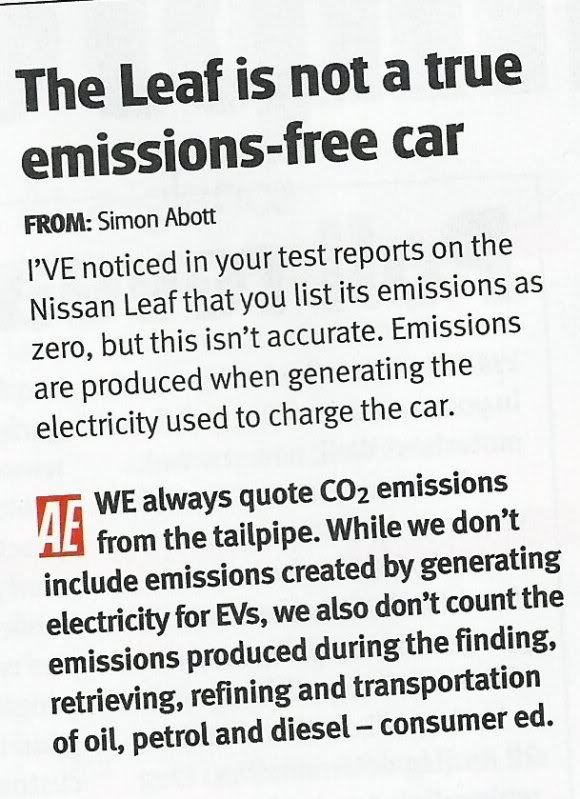- Joined
- 27 Jan 2008
- Messages
- 25,942
- Reaction score
- 3,076
- Location
- Llanfair Caereinion, Nr Welshpool
- Country

In a discussion we were comparing heating measures and which type of fuel is the most efficient.
Clearly put an electric heater in centre of the room and all energy feed into the heater is turned into heat for the room but with a gas fired unit some will leave via the flue.
However one must also include the loses in getting the fuel into the home.
This is where I run into problems. Energy used to process gas or to generate electricity transport oil or wood even the amount of petrol used in the chainsaw.
I am not talking about cost. But how many joules and used to release one joule into the home.
Electric is a real problem. If a wind turbine has air passing it at 5 mph over an area of 20 square feet and leaves at 4 mph should we consider the turbine is 20% efficient? The same with water turning turbines. We all know it would be impossible to extract all the energy and undesirable.
It all started with an off the cuff statement that wood burning stoves were very efficient. And it was pointed out that to be efficient the combustion air would need to come from outside the building or it would cause drafts, the flue would have to exhaust nearly cold gas, and the wood would need to be reduced to ash with no charcoal in the ashes. Also it would need to be controlled so the room was maintained at the required temperature. To do this likely only way would be to use a central furnace with an auto wood chip feed and motorised draft control. Then one has to include to power used to control it and reduce the wood to wood chips able to be precisely metered.
In the main wood burning stoves are very inefficient with much of the heat going out through the flue and also causing drafts. But look at any large electric power station and we see cooling which puts a lot of energy into the atmosphere or water. Plus we as the user have no idea as to how the kW of power was generated.
Look at Dinorwig for example and we have a very well defined efficiency 275 MW for 7 hours will give 288 Mw for 5 hours and the station uses 12 MW when generating. So 71.6% efficient. If we assume half the losses when pumping and half when generating then we are looking at around 86% efficient but with any hydro power station some water has to be released even if not generating unlike the wood in a wood stove which could be stored and compressed and extracted millenniums latter as coal.
So I came to the conclusion it’s impossible to compare the efficiency across different types of fuel. The closest we can hope it to measure the cost of production and assume that is an indication of efficiency. Clearly we can’t include subsidies to this it has to be real cost.
I asked about the amount of wood which could be extracted from a woodland area and the only way one can economically grow wood for burning is coppices and that method of growing and harvesting wood does not allow trees to grow to an age where cavities form or allow the rich under canopy growth to take place.
As far as burning wood already used before goes we are able to recycle this wood as MDF and paper so burning is really wasteful.
I have watched as foresters place wood to rot so encouraging the rich ecosystem within the managed wood. Clearly anyone collecting this wood is damaging the ecosystem.
To me there is only one reason why most people use wood burning heaters. They are avoiding paying taxes on the fuel used and often steal the fuel and by not paying their way make it even more expensive for those of us that do to live.
So I am throwing the gauntlet down. Please try and put the case why we should not tax all people with wood burning stoves to redress the tax they are not paying on the fuel they are using.
Clearly put an electric heater in centre of the room and all energy feed into the heater is turned into heat for the room but with a gas fired unit some will leave via the flue.
However one must also include the loses in getting the fuel into the home.
This is where I run into problems. Energy used to process gas or to generate electricity transport oil or wood even the amount of petrol used in the chainsaw.
I am not talking about cost. But how many joules and used to release one joule into the home.
Electric is a real problem. If a wind turbine has air passing it at 5 mph over an area of 20 square feet and leaves at 4 mph should we consider the turbine is 20% efficient? The same with water turning turbines. We all know it would be impossible to extract all the energy and undesirable.
It all started with an off the cuff statement that wood burning stoves were very efficient. And it was pointed out that to be efficient the combustion air would need to come from outside the building or it would cause drafts, the flue would have to exhaust nearly cold gas, and the wood would need to be reduced to ash with no charcoal in the ashes. Also it would need to be controlled so the room was maintained at the required temperature. To do this likely only way would be to use a central furnace with an auto wood chip feed and motorised draft control. Then one has to include to power used to control it and reduce the wood to wood chips able to be precisely metered.
In the main wood burning stoves are very inefficient with much of the heat going out through the flue and also causing drafts. But look at any large electric power station and we see cooling which puts a lot of energy into the atmosphere or water. Plus we as the user have no idea as to how the kW of power was generated.
Look at Dinorwig for example and we have a very well defined efficiency 275 MW for 7 hours will give 288 Mw for 5 hours and the station uses 12 MW when generating. So 71.6% efficient. If we assume half the losses when pumping and half when generating then we are looking at around 86% efficient but with any hydro power station some water has to be released even if not generating unlike the wood in a wood stove which could be stored and compressed and extracted millenniums latter as coal.
So I came to the conclusion it’s impossible to compare the efficiency across different types of fuel. The closest we can hope it to measure the cost of production and assume that is an indication of efficiency. Clearly we can’t include subsidies to this it has to be real cost.
I asked about the amount of wood which could be extracted from a woodland area and the only way one can economically grow wood for burning is coppices and that method of growing and harvesting wood does not allow trees to grow to an age where cavities form or allow the rich under canopy growth to take place.
As far as burning wood already used before goes we are able to recycle this wood as MDF and paper so burning is really wasteful.
I have watched as foresters place wood to rot so encouraging the rich ecosystem within the managed wood. Clearly anyone collecting this wood is damaging the ecosystem.
To me there is only one reason why most people use wood burning heaters. They are avoiding paying taxes on the fuel used and often steal the fuel and by not paying their way make it even more expensive for those of us that do to live.
So I am throwing the gauntlet down. Please try and put the case why we should not tax all people with wood burning stoves to redress the tax they are not paying on the fuel they are using.


